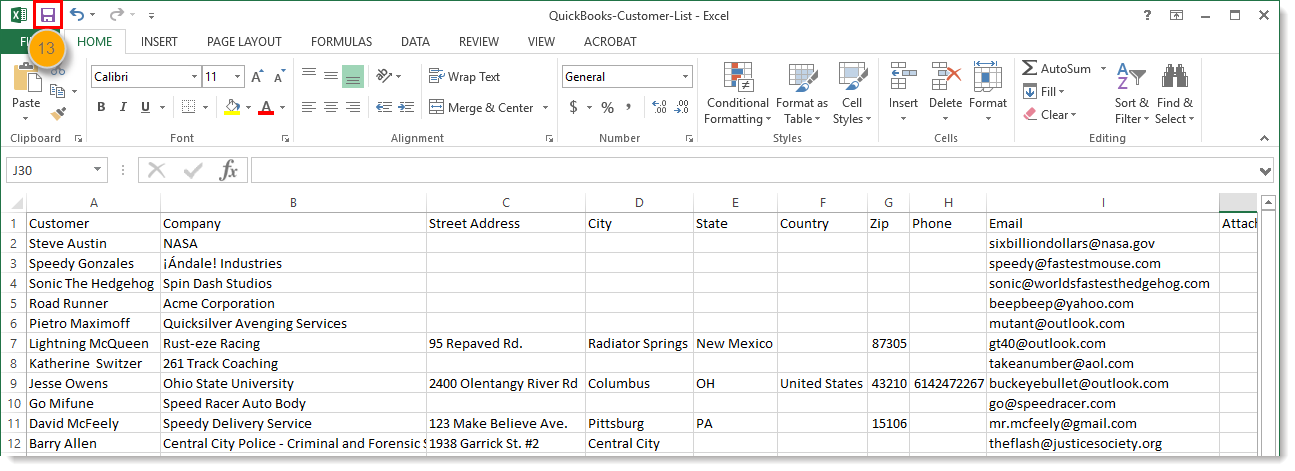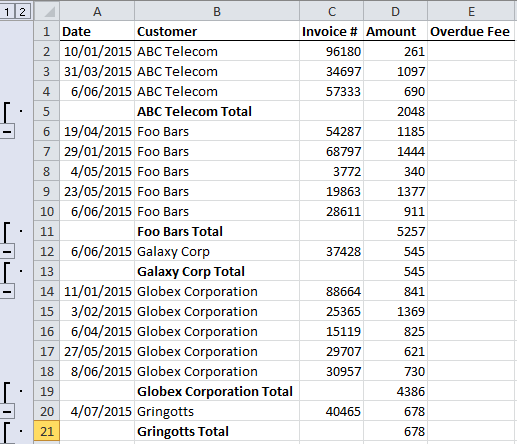
This results in adding the outcome to the end of file1 table: Once you have the content of file2, it's trivial to write it with write_lines (or yaml::write_yaml). # "name: something\ncity: my_city\nplace: my_place\ntype: my_type\ncolor: my_color\n" For example: exple_df <- tibble(name = out_word, There can be other ways to generate this, especially if you also want to fill in the other fields using R. # "name: something" "city: " "place: " "type: " Now we just need to replace the placeholder: file_2_edited <- str_replace(file_2, "%PLACEHOLDER%", out_word) Note that this was read line-by-line, so I have a vector with one element for each line. I had saved the file previously, with a big %PLACEHOLDER% where I want to insert the string. (the "\n" indicate a newline, it will be saved to file with actual newlines)īut if the problem is more complex, it can make sense to have a template text file with a placeholder, and only replace that: file_2 <- read_lines("file2_template.txt") # "name: something \ncity: \nplace: \ntype: \ncolor:"

To do exactly what you describe in the question, we can simply use paste(): paste("name:",out_word," Here, several methods can work, depending on what your problem really looks like. So if for any reason the number of rows is not 1, we get an error and know we have to investigate (that's better than the script executing without problem but the result being horribly wrong). We want to make sure we have a single value, so let's create an error if several rows do match: stopifnot(length(out_word) = 1) So all we need to do is pull out the content of column2 and save it: out_word % # column1 column2 column3 column4 column5 Now we can use filter() to keep only the row of interest: file1_contents %>% # FALSE FALSE TRUE FALSE FALSE FALSE FALSE


We will use the packages stringr and dplyr, part of the tidyverse: library(tidyverse)įor a given vector, we can look for a specific word using str_detect(): str_detect(file1_contents$column3, "word") This is made easy with the package readxl.


 0 kommentar(er)
0 kommentar(er)
